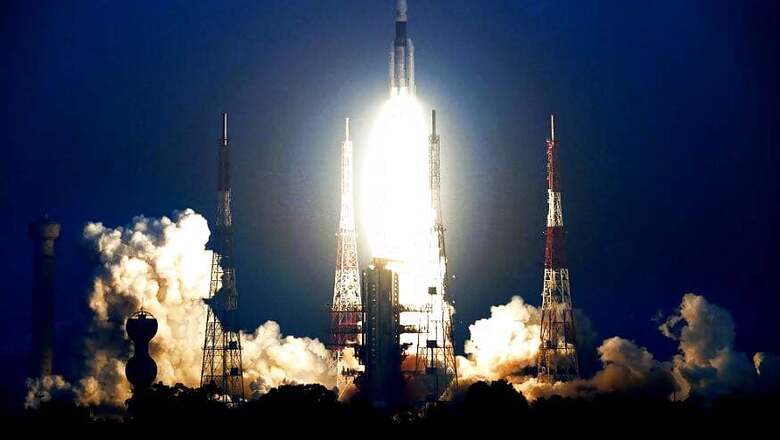
views
The Indian Space Research Organisation (ISRO) has announced that it aims to launch its own satellite pair for space communication purposes, called Indian Data Relay Satellite System (IDRSS). Quoting ISRO chief Dr. K Sivan, a report by The Hindu states that IDRSS is already being worked on, and will be pivotal in maintaining communication with the astronaut crew and ground mission control at any given phase, during manned space missions. India is set to embark upon its first ever manned space mission with Gaganyaan in 2022, and Sivan has stated that IDRSS will be imperative to the mission.
The two satellites, which will be deployed in phases, are already being worked on by ISRO. According to sources, the first of the two satellites will be launched into low-Earth orbit by the end of 2020, ahead of the unmanned Gaganyaan test flight that will also carry a humanoid dummy onboard, laden with sensors. The second satellite will be launched in 2021, before the manned mission is embarked upon in 2022. Sivan stated on this matter that while IDRSS will be a crucial part of Gaganyaan, he ideally wants the first of the two satellites deployed and working ahead of even the first trials, so as to have plenty of test spaceflight time — something that is equal parts critical and time consuming.
India is not an exception in setting up its own space travel communication system. USA presently has a three-satellite communication fleet in space, known as Tracking and Data Relay Satellites (TDRS). Russia, another space major, already has a 10-satellite communication system, known as Satellite Data Relay Network (SDRN). The European Space Agency (ESA) also has the European Data Relay System (EDRS), while China also maintains its Tianlian space communications infrastructure. With IDRSS, India will join the elite company as it chases the unexplored frontier in the years to come.
IDRSS will be crucial in constant monitoring of India's spaceflights, which will be particularly important to do with Gaganyaan, since it will involve human life onboard. The only alternative is to set up ground control stations all across the Earth, but even that comes with considerable obstructions and roadblocks. The satellite communications setup, meanwhile, will help ISRO's ground control room to uniformly monitor the space crew and communicate with them at any given point of time, and can be used in both low orbit missions and farther missions such as those to the moon, Mars and beyond.


















Comments
0 comment